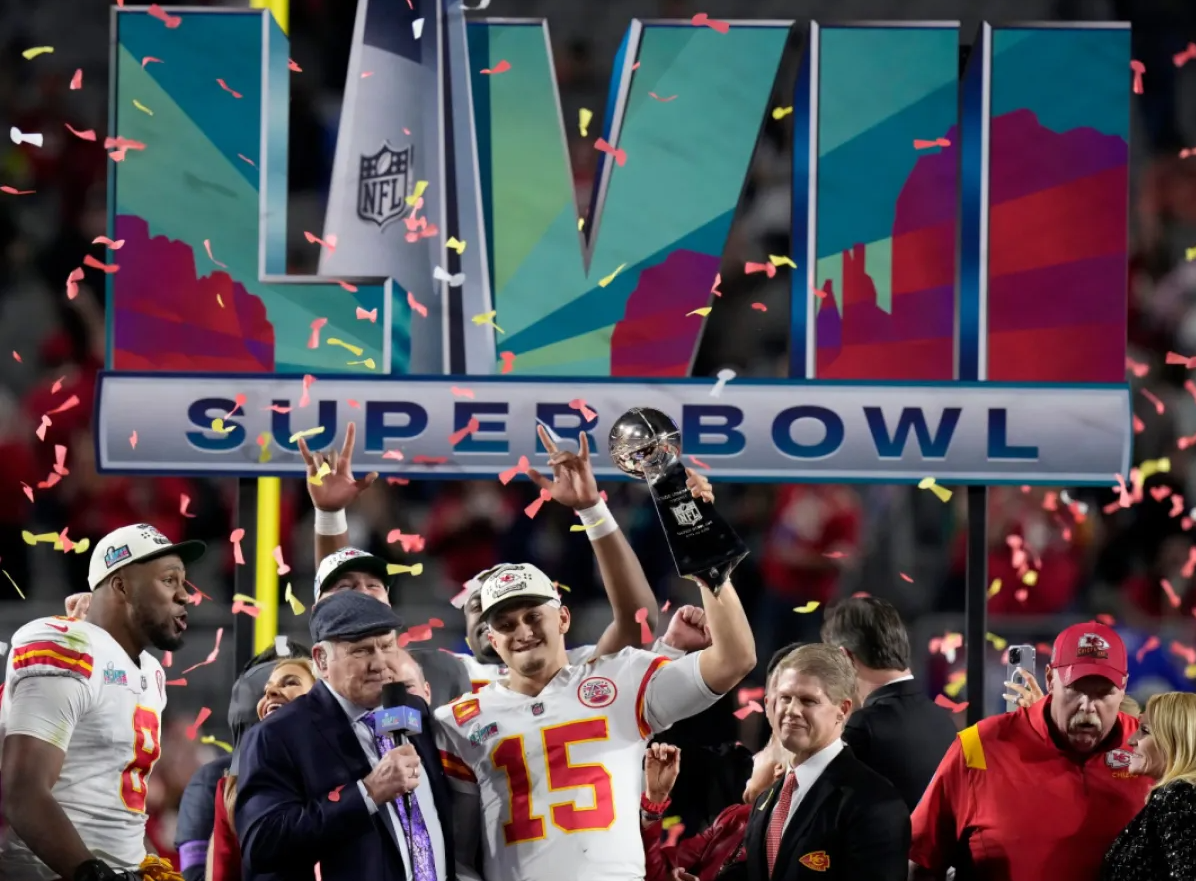In the world of professional sports, few things capture the public’s imagination more than a team that consistently dominates its competition. The Kansas City Chiefs, with their recent string of successes in the NFL, have risen to such prominence. With back-to-back Super Bowl appearances and a roster brimming with talent, they have become a symbol of excellence. However, with this success comes an unexpected twist: the transformation from beloved champions to perceived villains. Understanding this phenomenon requires delving into sports psychology and the dynamics between fans and dynasties.
The Rise of the Chiefs
The Chiefs’ ascent began with the arrival of quarterback Patrick Mahomes, whose extraordinary talent quickly propelled the team to the top of the league. Under the guidance of head coach Andy Reid, the Chiefs developed an explosive offense that captivated fans and analysts alike. Their thrilling style of play and frequent victories made them fan favorites, not just in Kansas City but across the nation.
The Turning Point
As the Chiefs continued to dominate, winning Super Bowl LIV and making subsequent playoff runs, the perception began to shift. The once-admired underdogs became the team to beat, and with success came increased scrutiny and resentment from rival fanbases. This transformation from heroes to villains is not unique to the Chiefs; it is a recurring theme in sports history. The New England Patriots, the Golden State Warriors, and the New York Yankees have all experienced similar shifts in perception.
Psychological Factors at Play
- Envy and Resentment: One of the primary reasons fans turn against dynasties is envy. When a team consistently wins, it can provoke feelings of jealousy and resentment among rival fans. The success of the Chiefs highlights the failures of other teams, leading to frustration and a desire to see the dominant team falter.
- Desire for Parity: Sports fans often crave unpredictability and parity. A dominant team can create a sense of inevitability, making games feel less competitive and exciting. When one team repeatedly triumphs, fans may yearn for new champions to emerge, restoring balance and intrigue to the league.
- Narrative Fatigue: The media and fans are naturally drawn to narratives, and dynasties can become tiresome over time. The repeated success of a single team can lead to narrative fatigue, as fans seek fresh stories and new heroes. The Chiefs, once a refreshing tale of triumph, may now be viewed as an old story that needs a new chapter.
- Cognitive Dissonance: Fans often hold conflicting feelings about teams that dominate. They may admire the skill and dedication required to maintain success but simultaneously feel a desire to root for the underdog. This cognitive dissonance can lead to a complex relationship with the dominant team, where fans both respect and resent them.
Conclusion
The transformation of the Kansas City Chiefs from beloved champions to perceived villains is a natural progression in the world of sports. It is a testament to their success and the psychological dynamics that govern fan behavior. As the Chiefs continue their journey, they will likely remain a polarizing force, admired by some and resented by others. Ultimately, this complex relationship between fans and dynasties adds another layer of intrigue to the ever-evolving narrative of sports.
